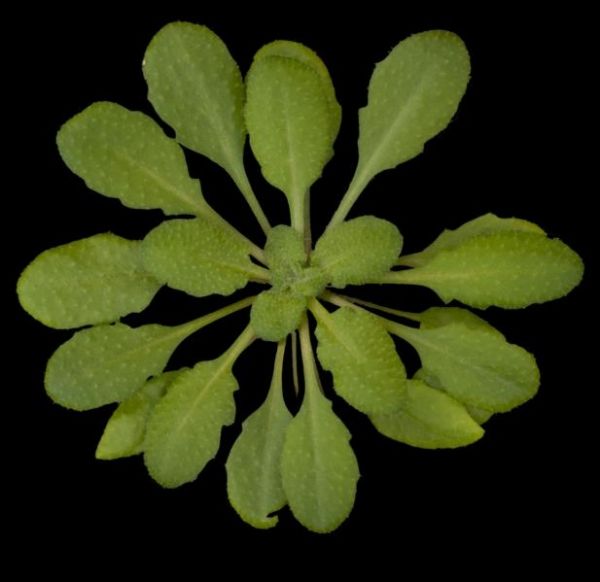Just like humans and other animals, plants have hormones. One role of plant hormones is to perceive trouble—whether an insect attack, drought or intense heat or cold—and then signal to the rest of the plant to respond.
A multicenter team led by current and former investigators from the Salk Institute is reporting new details about how plants respond to a hormone called jasmonic acid, or jasmonate. The findings, which were published in Nature Plants on March 13, 2020, reveal a complex communication network. This knowledge could help researchers, such as members of Salk’s Harnessing Plants Initiative, develop crops that are hardier and more able to withstand assault, especially in an era of rapid climate change.
“This research gives us a really detailed picture of how this hormone, jasmonic acid, acts at many different levels,” says Professor Joseph Ecker, co-corresponding author and Howard Hughes Medical Institute investigator. “It enables us to understand how environmental information and developmental information is processed, and how it ensures proper growth and development.”
The plant used in the study was Arabidopsis thaliana, a small flowering plant in the mustard family. Because its genome has been well characterized, this plant is a popular model system. Scientists can take what they learn in A. thaliana and apply it to other plants, including those grown for food. Jasmonic acid is found not only in A. thaliana but throughout the plant kingdom.
Read more at Salk Institute
Image: This is Arabidopsis thaliana, a small flowering plant in the mustard family. (Credit: Salk Institute)


